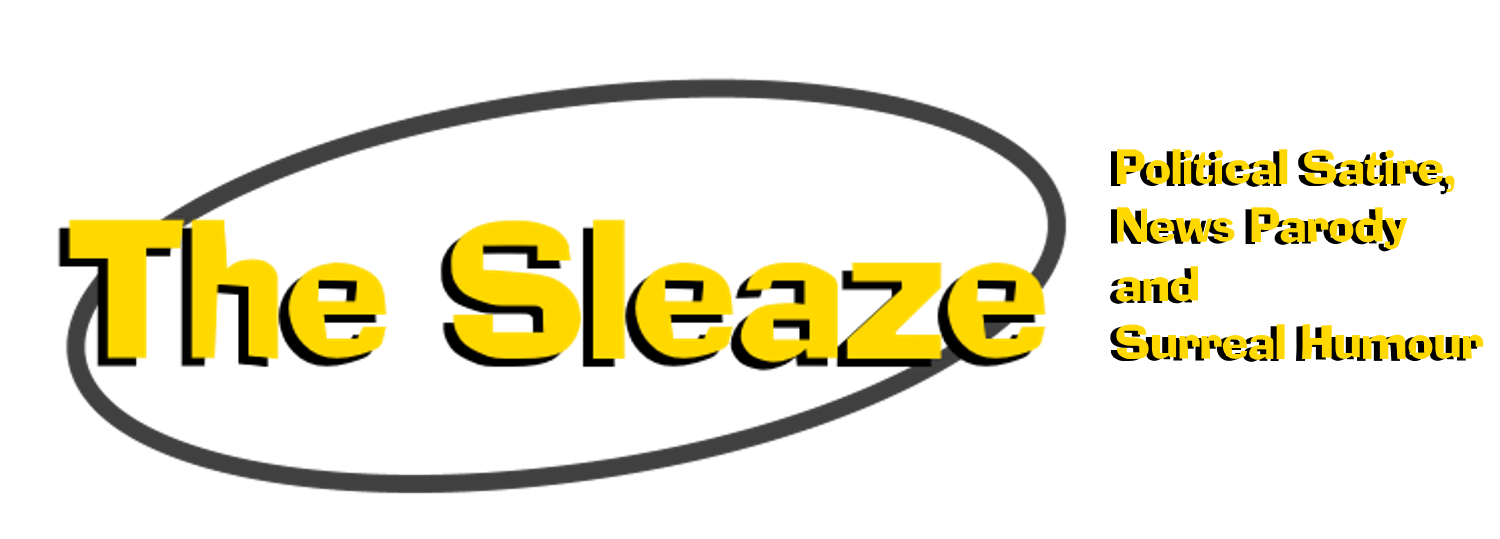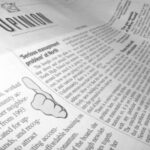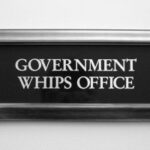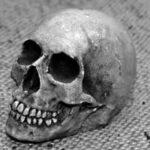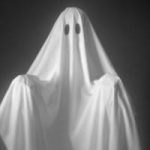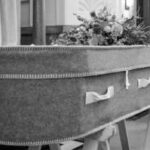DIRECTOR: ARTHUR LUBE. RUNNING TIME: 72 mins. DVD: SNUFFBOX CLASSICS. PRICE: £7.99. CERT: U.
Having finally laid to rest their classic horror monsters by pitching them against Abbott and Costello in a series of cheap B-movies between 1948 and 1955, Universal Pictures, desperate to prop up the dire duo’s film career, turned their attention to another of their best loved franchises – Sherlock Holmes. The studio had been ready to drop the pair after Bud Abbott was arrested by vice cops patrolling Sunset Strip. Abbott was dressed in a red evening gown and was offering himself to passing male motorists for $15 a time. ‘It wasn’t so much the fact that he was selling himself that made me sick, but that he was doing it so cheaply,’ one of the arresting officers later told Hush Hush magazine. Nonetheless, it was decided to give them one last chance. Despite assembling an interesting cast, the result is as desultory as every other Abbott and Costello vehicle. Basil Rathbone, by this time desperate for a lead in just about anything, once again dons the deerstalker as Holmes. However, his usual partner in crime, Nigel Bruce, is absent, having sensibly died in 1953, so as to avoid the ignominy of ending his career in a farrago like this. The role of Dr Watson is instead played by veteran character actor Alan Mowbray (who, somewhat confusingly, had played the villainous Colonel Moran in the 1946 Holmes film Terror By Night), who portrays him as a typically pompous Hollywood Englishman. Still, this interpretation is more bearable than Bruce’s interpretation of the character as an arsehead.
The saddest sight in the movie is poor old Bela Lugosi, clearly on his last legs, as Professor Moriarty – looking as if he’d rather be on the rickety set of an Ed Wood Jr film than sharing the screen with Abbot and Costello (at least Wood’s films were funny). Lugosi had only recently come out of rehab following his celebrated formaldahyde-drinking exploits, and was so weak that he was unable to deliver his lines. Consequently, the script claims that Moriarty has lost the power of speech after seeing Inspector Lestrade in the bath, and can now communicate only in mime. Cue lots of wildly flailing arms and stumbling about on Lugosi’s part. Sadly, Lugosi relapsed during the shooting of the picture and drank the brake fluid from Costello’s car. Whilst the car subsequently crashed, Costello, unfortunately, was not seriously hurt.
Filming was further disrupted when nude photographs of Lou Costello enjoying a bedroom romp with Francis the Talking Mule were published in Confidential magazine. However, the offending edition of the magazine was pulled from the shelves and all existing copies pulped after Lou Costello’s mobster brother Frank paid a visit to the editor. The film once again includes Abbott and Costello’s famous ‘Who’s on first?’ routine. Quite frankly, who cares? They performed this routine (admittedly mildly amusing the first time) in virtually every one of their films and every bloody episode of their TV series. In fact, the only thing Abbott and Costello Meet Sherlock Holmes is notable for is proving, beyond any reasonable doubt, that Abbott and Costello were undoubtedly the least talented and most irritating US comedy duo of the 1940s and 1950s – and there was some damn stiff competition!
The ‘plot’, for what it is worth, features Abbott and Costello as two hapless NYPD cops assigned to assist Holmes and Watson, who have pursued Moriarty to 1890s New York in order to try and thwart the evil Professor’s plans to replace the Statue of Liberty with a naked replica. Naturally, this involves much ‘hilarious’ slapstick comedy, with the duo constantly derailing the great detective’s investigation. Rathbone’s Holmes seems exceptionally bad tempered in these sequences, as well he might – receiving third billing after these buffoons would be enough to try anyone’s patience.
Director Arthur Lube, (not to be confused with regular Abbott and Costello director Arthur Lubin), went on to direct several more meet ups between celebrated comedy teams and unlikely monsters, including The Three Stooges Meet Hitler in 1966, before coming to the UK, where he was responsible for the little seen Morecombe and Wise Meet Jack the Ripper in 1974.
